Standing in Lucinda Russell’s sunshine-soaked horse yard in rural Kinross, where the animals gallop freely across the rolling hills and enthusiastic young jockeys feed them bagfuls of crunchy carrots, it is easy to forget what a controversial industry this is.
I was invited to visit the stables and meet the illustrious horse trainer and her prize-winning equines after writing an article about my day at the Perth Races earlier this summer.
In the piece, I expressed some of my concerns about the industry.
A week later, I opened an email from Nic Crofts, a horse owner employed at Lucinda Russell’s home yard, Arlary, in Milnathort.
“I enjoyed reading your recent piece for The Courier following your day at Perth Races,” he wrote.
“Lucinda and I are passionate about horse welfare and would like to invite you to visit the stables and see first hand the fantastic facilities and care that our horses have.”
“Hopefully,” his lovely email added, “We can allay any concerns you have surrounding the industry.”
Forwarding the email to my editor with the question, “What do you think?”, I realised I was already burning with questions for Lucinda and her partner, eight-time champion jockey Peter ‘Scu’ Scudamore.
As an admittedly very ignorant outsider looking in, the world of horseracing seemed full of contradictions to me.
Some quick Google searches told me that this is an industry where people who love horses so much, they whip them into submission. Where people are so passionate about horses, they race them until their bones break.
But what do I know?
So, here I am.
Lucinda Russell Racing is largest jump training centre in Britain
Arriving at the 160-acre yard – the largest jump training centre in Britain – feels like walking onto the set of a Disney movie.
I am met at the entrance by Nic, who gives me a tour of the site while the buzzing morning routine gets underway.
Gillet-wearing staff members – more than 60 work here – muck out the stables, while the 170 onsite horses are fed, watered and exercised.
Then Grand National winning trainer Lucinda rides into the scene on horseback.
Beaming, sunlight bouncing off her golden curls, she is clearly the main character.
She wants me to see the field where the horses jump over hurdles.
“Perhaps a dry route?” Nic suggests gently, glancing down at my white Adidas Sambas.
Not one of my finest decisions.
As we walk up the lane towards the jumping horses, Lucinda gives me a rundown of their intense six-day training schedule.
It’s a busy period for the centre as it prepares for the beginning of jump season in October.
According to Lucinda, the horses, who are visited by a vet every week, receive better care than most humans.
There’s no NHS waiting list for her animals.
“If there is something wrong with a horse, the vet will see them straight away, act on it and treat them,” she says.
“The quality of our feeding is also fantastic.
“They’re not going out and having burgers – they are eating a controlled diet that we know is the right thing for them to thrive.”
But herein lies the first contradiction. The horses are seemingly treated like royals, yet the race training is what causes them to become injured in the first place?
Lucinda disagrees. “I would say that our worst injuries have occurred in the field, when the horses are not in training.”
Nic chimes in with a story about one his own horses, who sadly had to be put down after shattering its legs while running around in a field. “And that wasn’t training. He was just a horse on holiday.”
Lucinda adds: “The safest place for a horse in on the racecourse; because the ground has been looked after perfectly, the fence has been built to a certain standard, they’ve been trained, they are being ridden by professionals, and everything is done in a professional way.
“The vets are right there if anything does go wrong.
“And here at the yard they are in a routine which they love and move which they love.
“Someone is with these horses from 5.30am to 9pm.
“But if a horse is in a field it could break its leg and stand there for over an hour until someone sees it has broken its leg.”
Does Lucinda feel conflicted over horse deaths?
It all sounds very convincing, and her passion for horse welfare is clear to see.
But, obviously some horses still die.
According to animal welfare charity Peta, around 200 on British racecourses each year.
In fact, three horses died in one day at Cartmel Races in May this year.
Is this something she feel conflicted over?
“Hugely,” she says immediately.
“But death is inevitable for us all at some point.
“And as long as you can say the horse had the most fulfilled life until that point and that the end of its life was dealt with correctly, then I think that is ok.
“We have never said, ‘Oh just put it down’.
“As long as they are able to lead a good life we will always keep them going.
“We only put it down if it is clear they will never get better.
“We have never, for an economical reason, put a horse down.
“Death is inevitable. Suffering is incorrect.”
Then I am introduced to two more big names at the yard.
One is Scu, Lucinda’s other half, the other is Corach Rambler, who won the 2023 Grand National and brought in nearly £1m in prize money.
I ask the former questions while he feeds the latter carrots.
“This horse makes me happy,” Scu says. “Therefore I believe he is happy.
“There is nothing I would rather do than ride him.
“I hope he lives longer than me and I don’t need to go through the pain of missing him.”
Scu, a bundle of charming energy, is completely infatuated with his horse.
Paris Olympic whipping-scandal put horse welfare in the limelight
I ask him about whipping, which is permitted by the British Horseracing Authority for “encouragement”.
The matter has been hotly debated in recent weeks after British horse rider Charlotte Dujardin was forced to drop out of the Paris Olympics over a video which showed her repeatedly hitting a horse with a whip during a training session.
The incident has brought the matter of animal welfare in horse racing back into sharp focus, with her behaviour widely condemned by the industry.
Does whipping happen at Arlary?
“Yes, I carry a stick,” he says.
He calls the whip a stick.
“It is not a major issue in my opinion.
“Now if you are taking it to extremes. If you are beating a horse until it bleeds and it’s got lumps all over it clearly you are… that is cruel and in no way do I condone that.
“But, how do you think we make a horse go forward if we don’t use a whip?”
Scu says he “feels sorry” for Dujardin over the backlash she has received over the video, particularly from the racing industry.
He says: “I don’t know the situation. I have seen, the same as you, the one video. So I do not know the circumstances within that video.
“I think that we, as a human race, we have a tendency to blame, so we are making ourselves look righteous by criticising Dujardin.
“Now she may have been wrong. But I think the horse racing industry was more frightened of the public perception than of what was the reality to the horse.”
It is a balanced answer, which is how he approaches most of my questions.
How does he feel about the fact it’s an industry built on gambling?
“Horse racing is another reflection of human life,” he says.
“There is so much bad in it – there’s gambling.
“But there is a lot of good in it – it brings people together.”
He adds: “Extreme gambling is bad, ordinary gambling is a joy.
“It has to come down to personal choice.”
His stance on rewilding, which he does not believe in, is firmer.
Horses would probably be more likely to suffer and die in the wild, he says, succumbing to often-treatable conditions such as colic and broken bones.
“We bred them to be looked after by humans,” he says. “How do you reverse history?”
‘There are no answers’
The bottom line?
“There are no answers,” Scu says. “There is only doing your best.”
And that just about sums up the nuanced nature of the subject.
There is no doubt I am impressed by Lucinda and Scu, who refuse to shy away from the difficult questions while openly admitting they don’t have all the answers.
And I can’t help but admire their lifelong passion and dedication to the sport, which shows no signs of dwindling.
As I leave the yard, I wonder if damning the horse racing industry, when it is so popular to do so, is simply the easy way out?
Or have I, like so many others before me, just been swept up in the fairy tale?
These are the questions I am left with.
So if you asked me to go to the races with you again, I would have to say no.
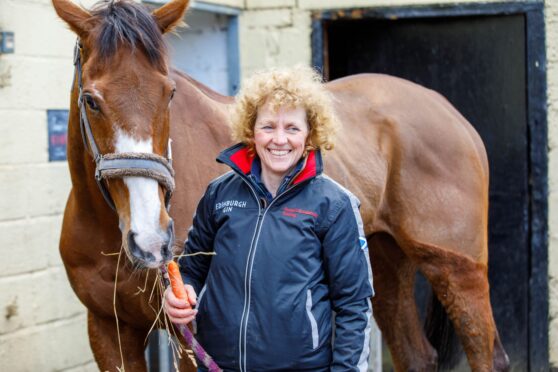
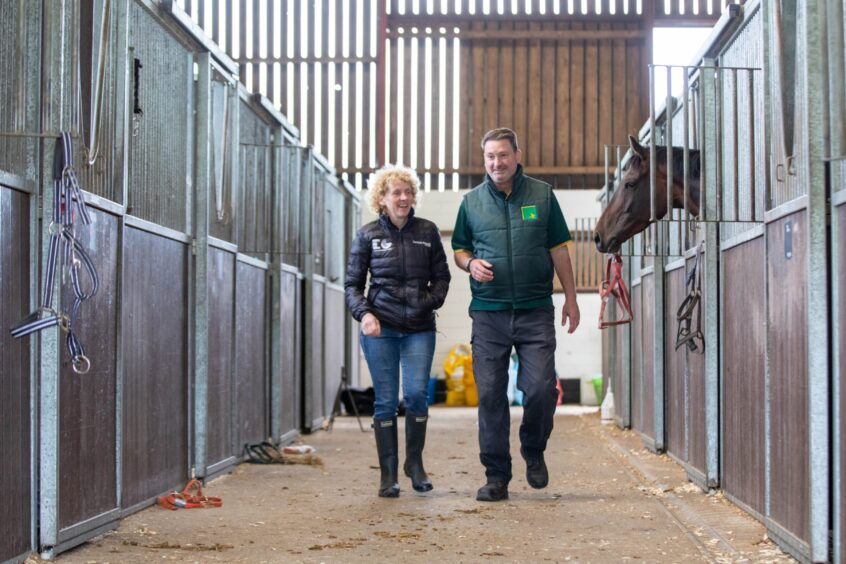
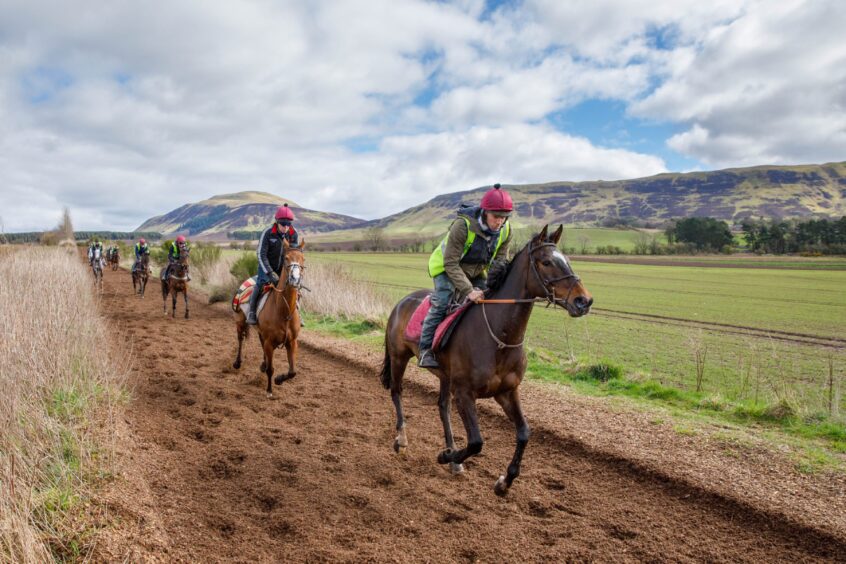
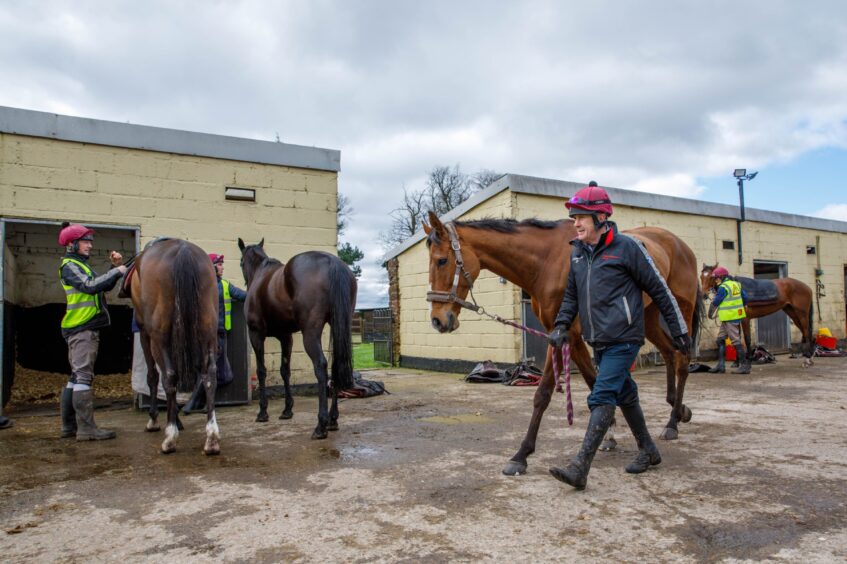
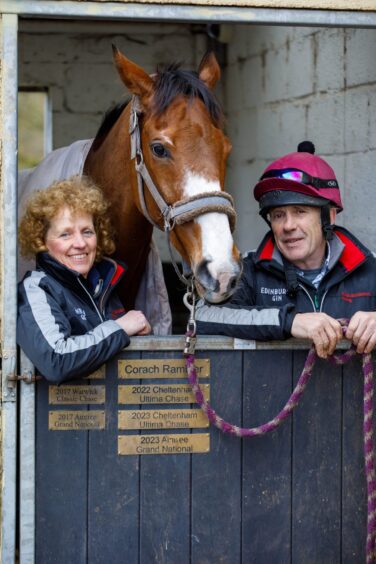
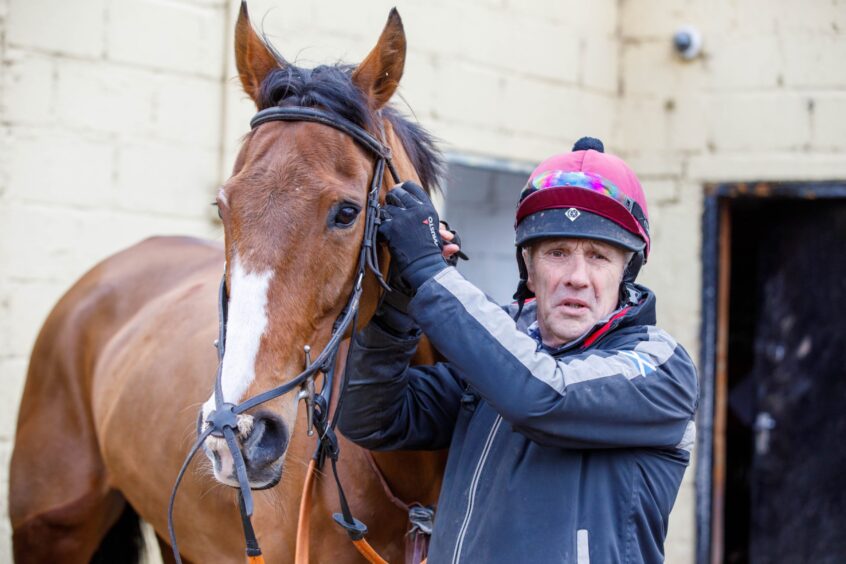
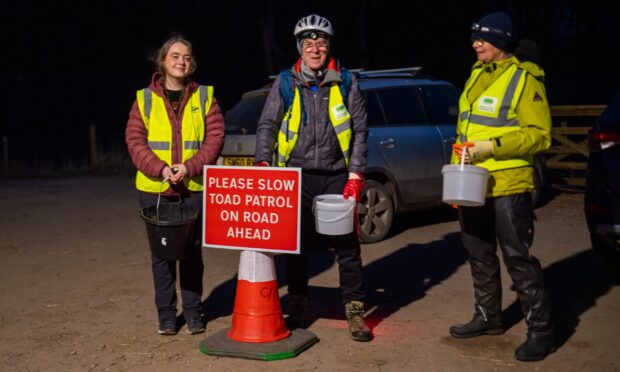
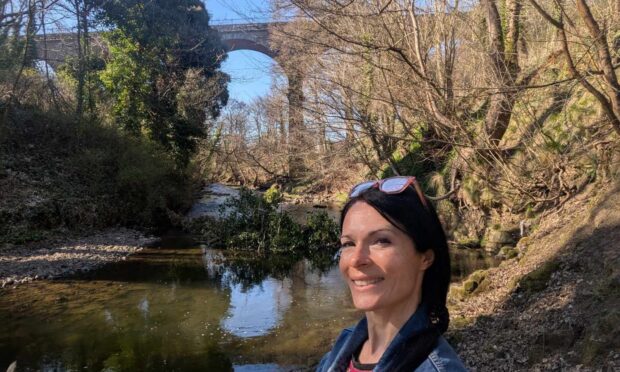
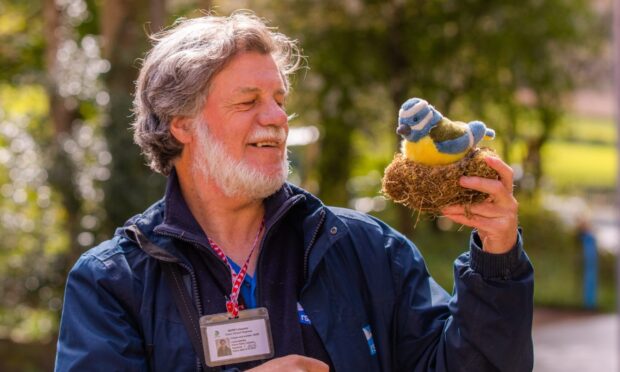

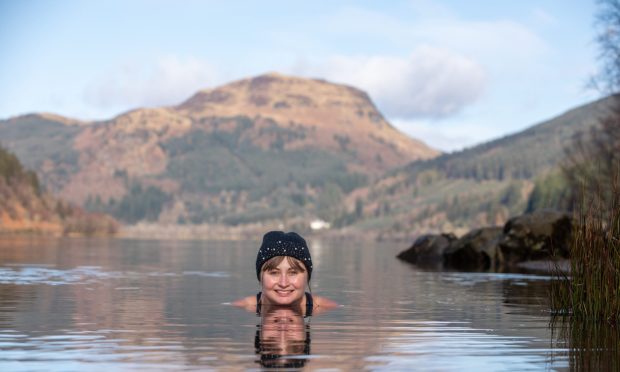
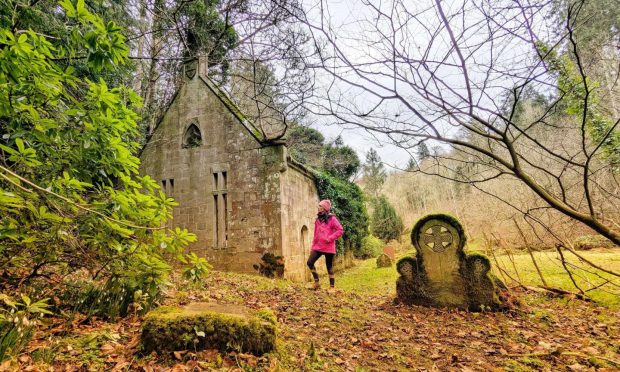
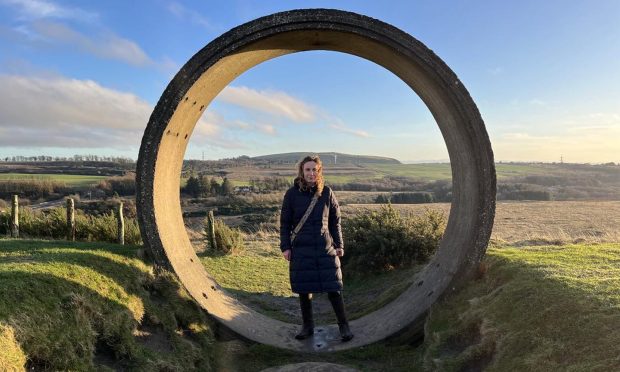
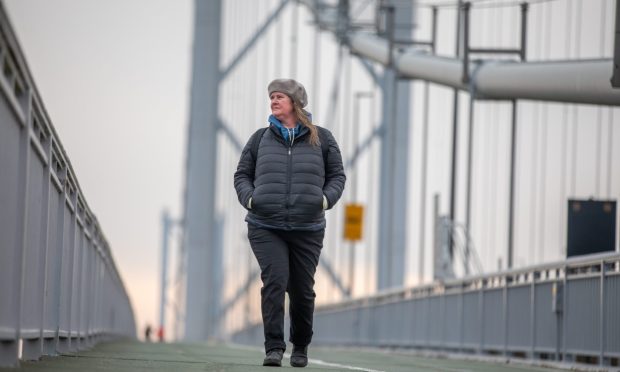
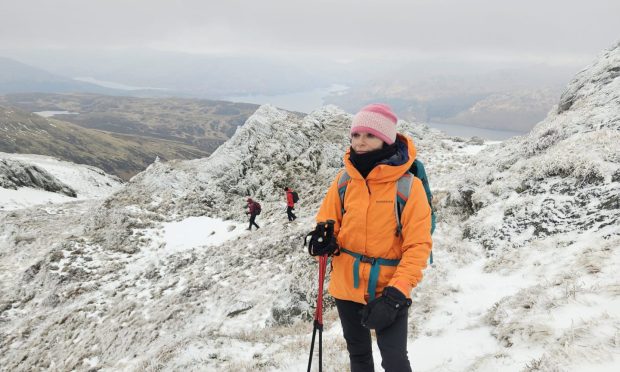
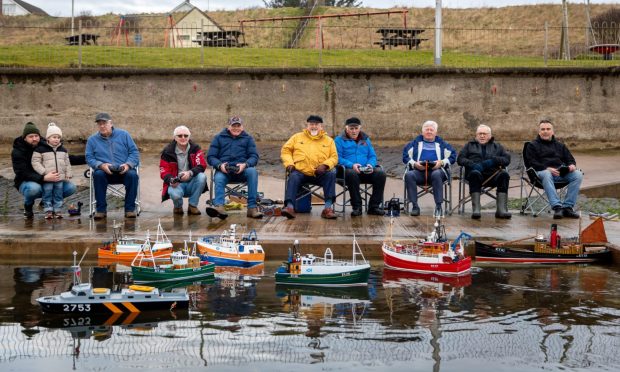
Conversation